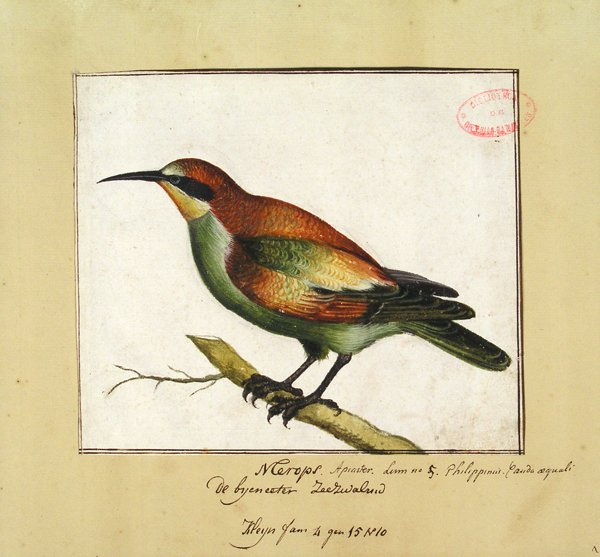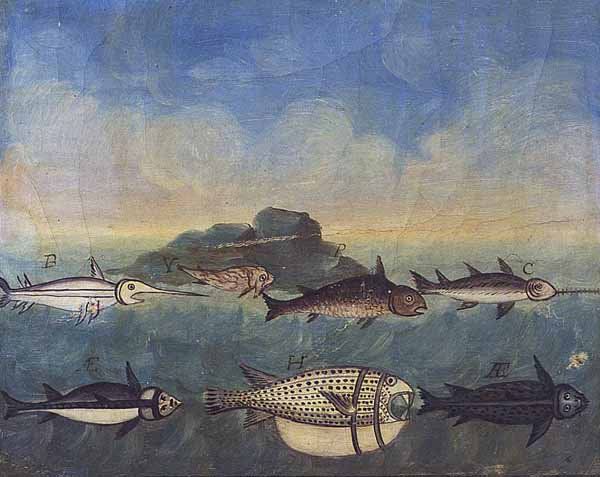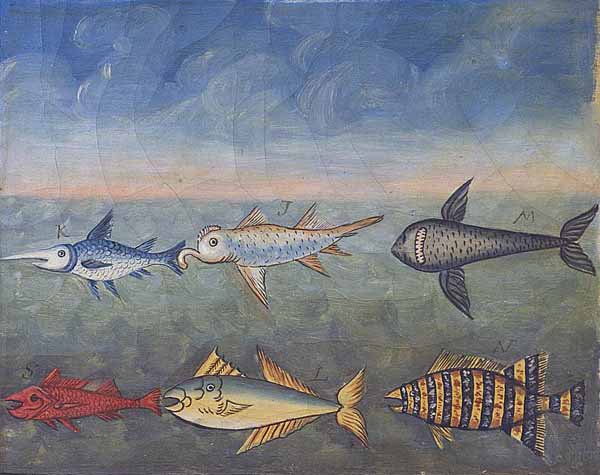nathistのTwitterイラスト検索結果。 53 件中 2ページ目
#MammalMonday The spectral bat (Vampyrum spectrum) is the largest chiropter in the New World. This drawing is from the Royal Botanical Expedition to New Spain (1787-1803), one of the most ambitious scientific expeditions in #18thCentury. #Archives #SciArt #Mammals #Bats #NatHist
Orthoptera metamorphosis, illuminated intaglio by Johannes Augustin Rösel von Rosenhof (1705-1759). He was an important figure in modern entomology. #VanBerkheij collection #Archives #Zoology #Insects #Orthoptera #18thCentury #SciArt #ScientificIllustration #NatHist #Museums
Let's now listen to Julian Carter @apickledfish from @AmgueddfaCymru, with No Môr Plastic: Utilising the Permanent Natural History Displays at Amgueddfa Cymru – National Museum Wales to Support Youth Led Climate Activism
#SPNHC2020 #NATHIST2020 @IcomNathist
Had way too much fun drawing #fledglings this weekend! Now available as #stickers, pins & other merch @ https://t.co/RrUGWQe9sA - I'm open to other species suggestions as well as general commissions
#birds #wildlife #animals #nature #nathist #illustration #babybirds RT OK
Happy #WorldOceansDay! We want clean oceans and full of life. Enjoy these scenes from the painting #QuadroPeru (1799) #SciArt #NatHist #SeaLife #MarineBiodiversity #Museums #DíaMundialdelosOcéanos
#BotanicMonday Tulipa javana Rumph "Juan de Cuéllar's expedition to the Philippines" (1786-1794); botanical determination: Crinum amabile. #Botany #18thcentury #Archives #ScientificIllustration #SciArt #NatHist #Museums @RJBOTANICO
The first written and graphic documentation on the discovery of a fragment of dinosaur bone was in 1677. A naturalist of the XVIII called it Scrotum humanum, thinking it was petrified testicles. This fossil, now lost, is probably a Megalosaurus femur. #Dinosaurs #HistSci #NatHist
#Feathursday The European bee-eater (Merops apiaster) is similar to a rainbow when flying. The English term "bee-eater" was first recorded in 1668, referring to the European species. #Birds #SciArt #HistCol #Archives #VanBerkheij collection #MuseumFromHome #NatHist #Museums
🌈 #RainbowChallenge: There are plenty of rainbows to be seen in our #insect collection... Like these Frog-Legged Beetles (Chrysomelidae, Sagra spp.) #Biodiversity #NatHist
Completed #commission for Project Extinct (https://t.co/4aAvHtbVvZ) who are raising awareness about #endangeredspecies via stereoscopic photography of extinct ones. #birds #wildlife #animals #nature #scicomm #sciart #illustration #passengerpigeon #extinction #nathist
Today's #webcomic is about a really unusual communal-living, acorn-stashing #woodpecker! Read more about this bird at https://t.co/V0vBMEC8R9 #ornithology
#scicomm #sciencetwitter #nature #wildlife #birds #birding #nathist #comics #handdrawn #illustration
Here's the first page of today's comic about why #invasivespecies are bad for #ecosystems! The rest is at https://t.co/3Y2H4w07Xa #ecology #biology #nature #nativespecies #endangeredspecies #habitat #scicomm #nathist #TwitterNatureCommunity #sciart #traditionalart #illustration
The fresco The Creation of Adam (1511), painted on the ceiling of the Sistine Chapel by the great genius of human anatomy Michelangelo Buonarroti (1475–1564), represents one of the most emblematic and best‐known scenes in the world. #AnatHistory https://t.co/J3hdGHI10h
#FossilFriday Homo neanderthalensis divided the work by sexes, they knew the medicinal use of certain plants, their diet included mushrooms, pine nuts and moss, and they would have practiced cannibalism. #Paleontology #Paleoanthropology #Hominines #Neandertals #NatHist #Museum
Celebrating #Women & their contributions to #NaturalHistory published in "Archives of Natural History" @EdinburghUP #HerNaturalHistory #WomensHistoryMonth #NatHist #Botany #Zoology #Geology #Art #Collections https://t.co/DCZgL3I6TN
#WordlWildlifeDay Marine biodiversity plays a vital role in maintaining the functionality and productivity of ecosystems. It makes habitats more resilient to environmental change. We want to celebrate this day with some scenes from the #QuadroPeru (1799) #SciArt #NatHist #SeaLife
Jenny argues the enjoyment people get out of taxidermy and other #nathist collections isn’t just limited to visitors — #conservators can get a real kick out of working with these specimens too! Tune in here: https://t.co/4f112UKsDK #conservation #collections #museums #wellbeing











































